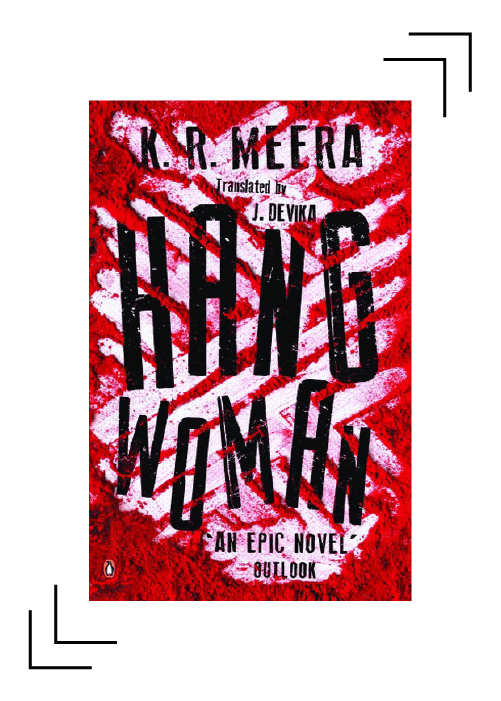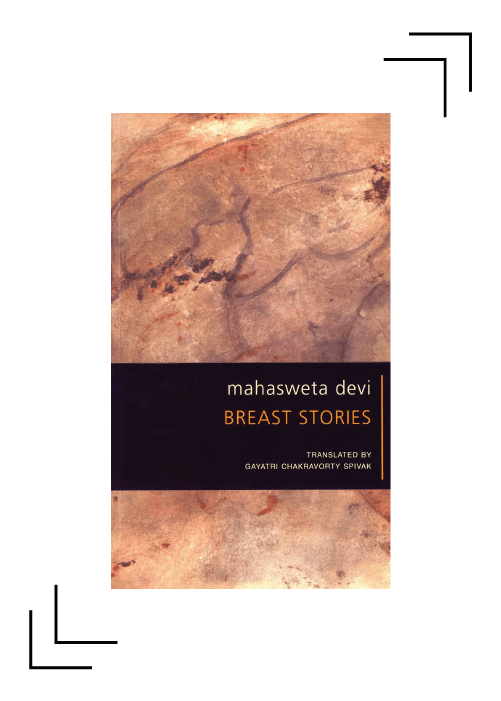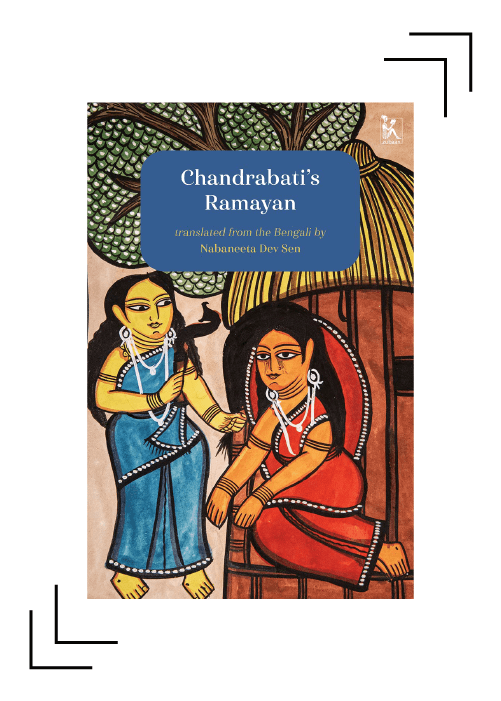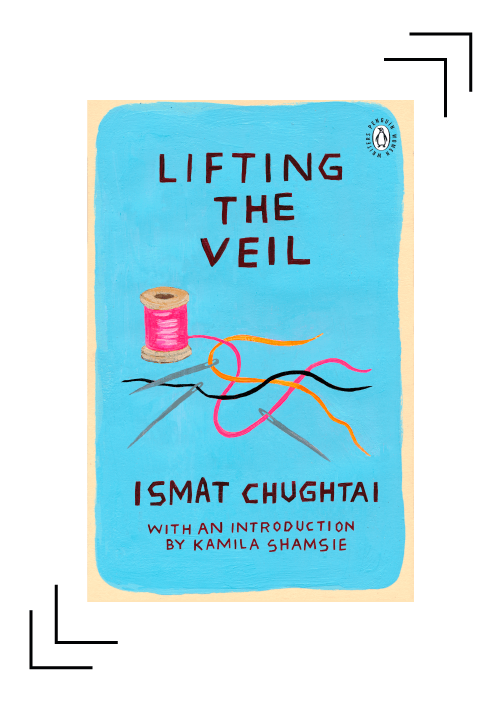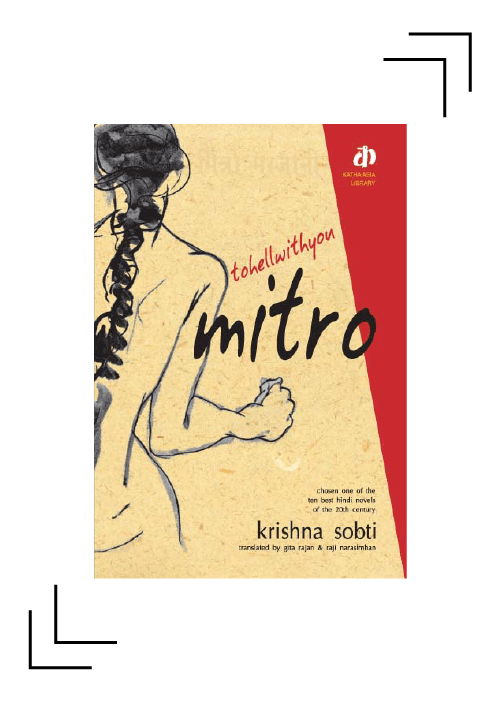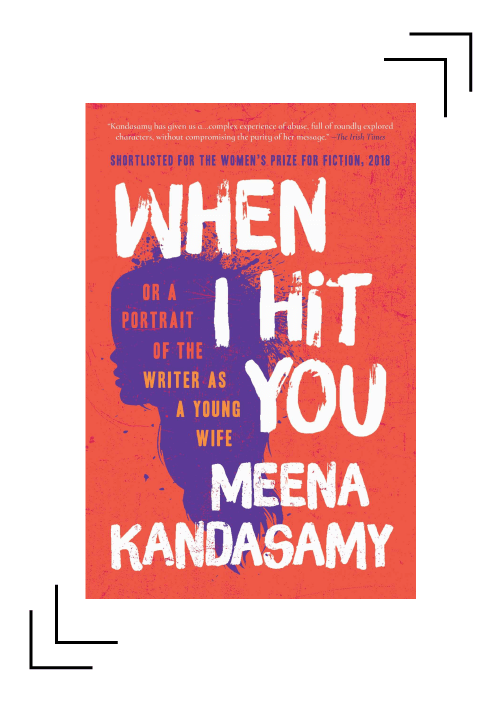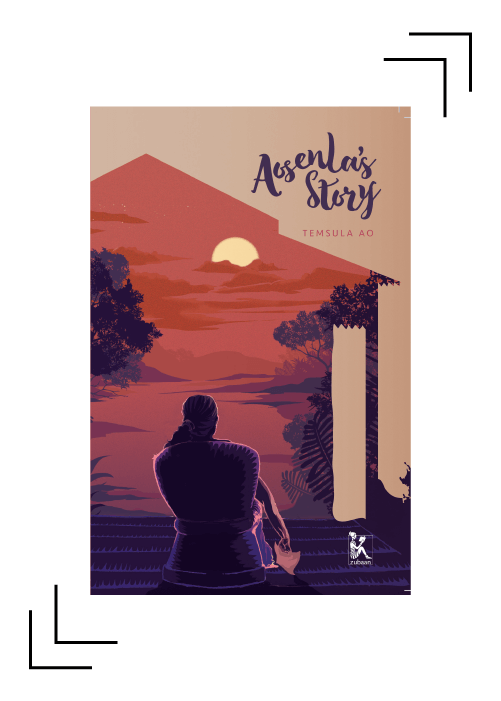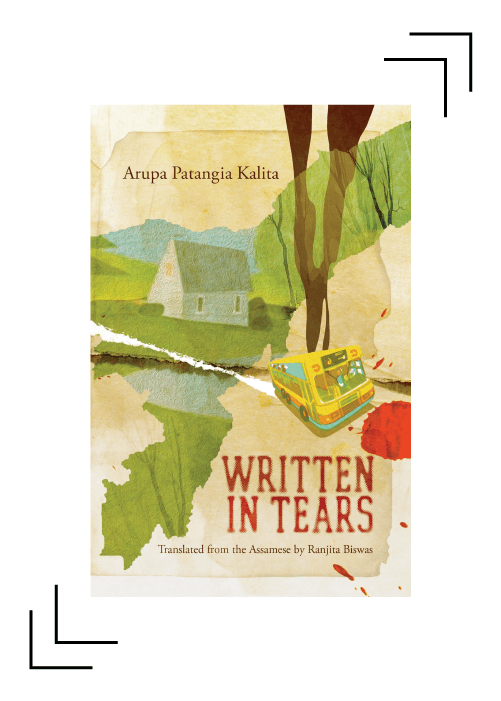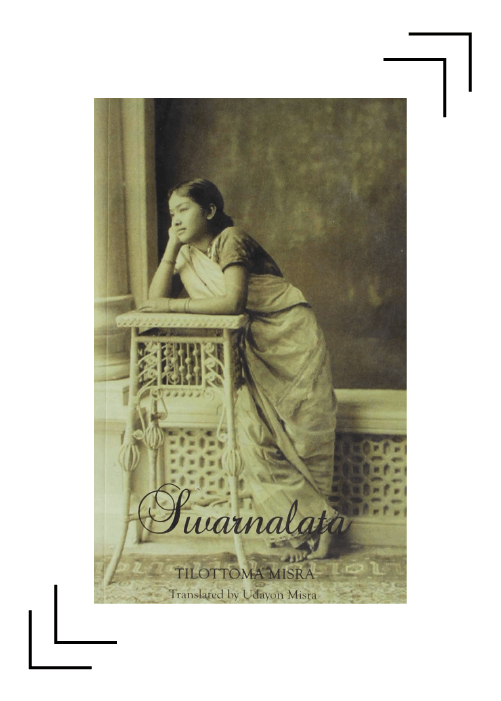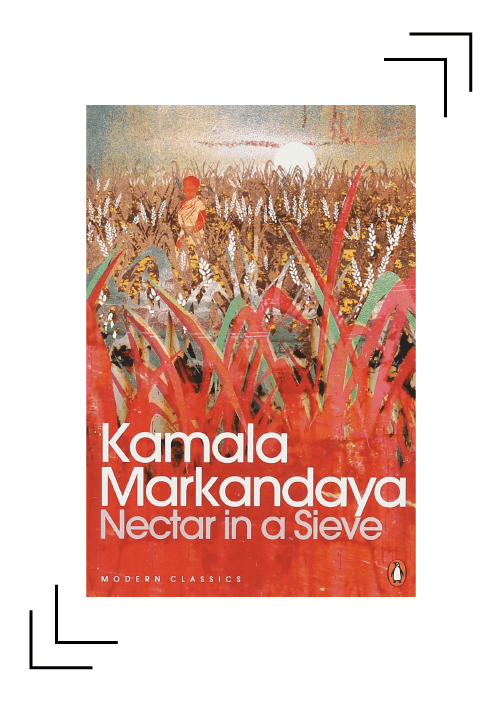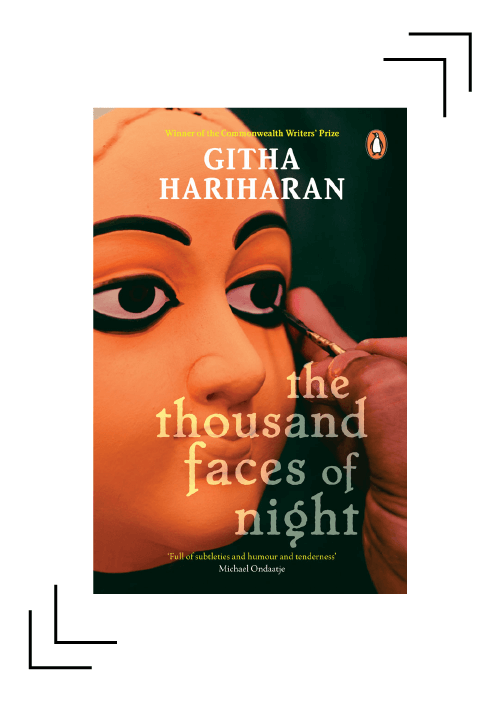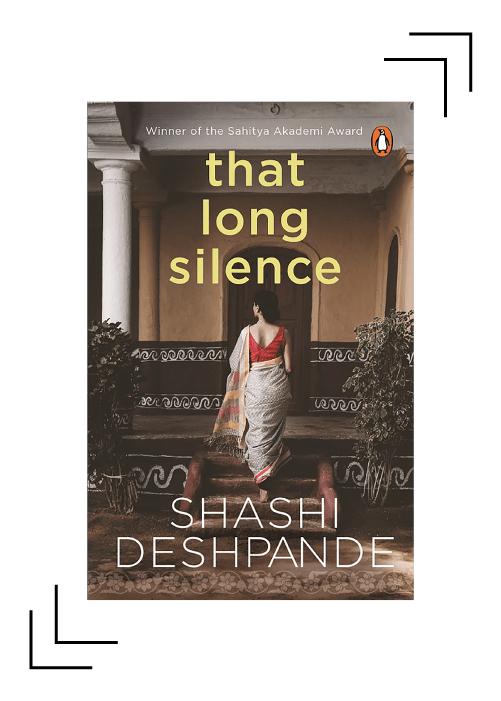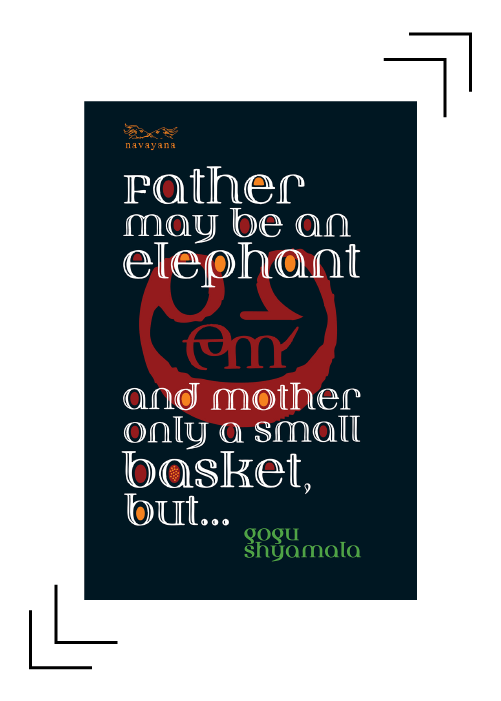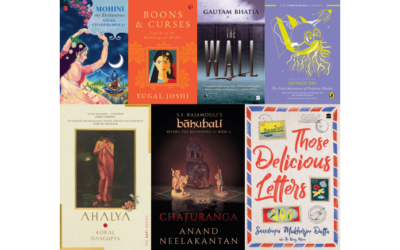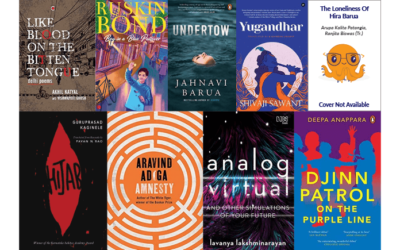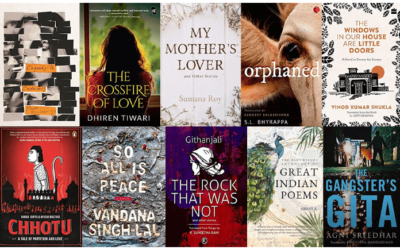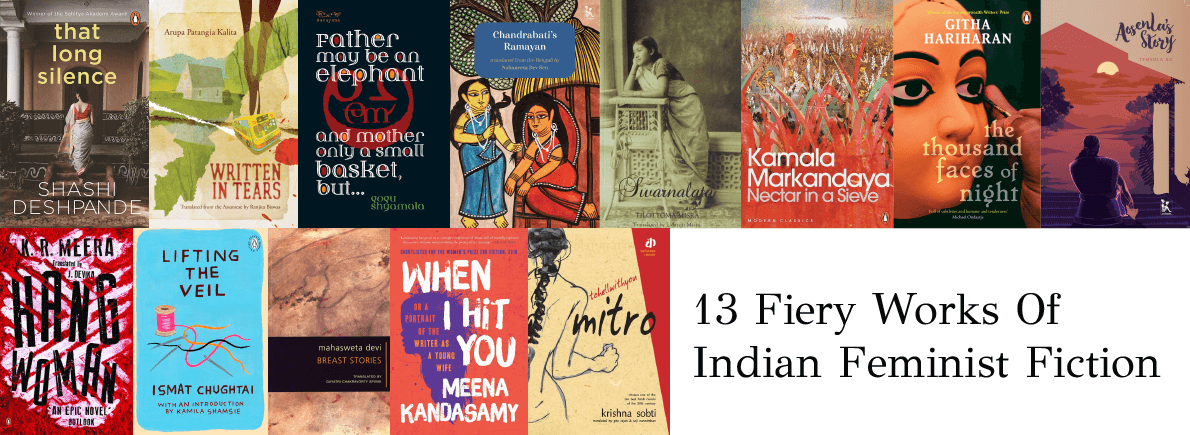
The feminist movement in India has a long history and has had several offshoots. The space of fiction allows one to create agency, to challenge boundaries and to represent the lived experiences of women. Female writers in India have questioned societal norms and dismantled patriarchal binds through their writing. Their writing has not just been limited to the domestic space but has also included sharp political critiques. Writers like Githa Hariharan and Mahasweta Devi have also been fierce activists fighting for women’s rights.
The writers on this list have boldly written about sexuality, abuse, have rewritten mythology from the female perspective and carved out their identities in spaces that were traditionally dominated by males. While this list is by no means all-encompassing, it is a collection of Indian feminist fiction that is representative of the varied explorations of what it means to be a woman in India.
01
Hangwoman
K.R. Meera, J. Devika (Tr.)
Originally published in Malayalam, Hangwoman is the story of 22-year old Chetna who comes from a long line of executioners, and is forced to take on the role of ‘hangwoman’ to continue the legacy of the male members of her family. Already nervous at the thought of taking a life, the pressure only increases once the media begins to circle her. Chetna’s family is rocked by several tragedies while she struggles to come to a decision on whether she can carry out her first execution, thus forcing her to take charge of her own life. In Hangwoman, K.R. Meera’s protagonist takes on the herculean task of trying to be her own person in a male-dominated society, and navigating her own path as the first female executioner in India.
Buy it here.
02
Breast Stories
Mahasweta Devi, Gayatri Chakravorty Spivak (Tr.)
Breast Stories is a collection of three short stories that highlight how a woman’s breast is more than just ‘a symbol of beauty, eroticism, or motherhood’. ‘Draupadi’ is the story of a tribal woman who is brutally raped and how she stands up to her rapists. In ‘Behind The Bodice’, a man’s obsession with a woman’s breasts leads to a series of events that destroy both of them. And ‘Breast Giver’ is the tale of a wet-nurse and what happens after she becomes middle-aged and her breasts are no longer ‘useful’. The book looks at body politics, women’s labour, and exploitation. In this translation, Gayatri Chakravorty Spivak provides detailed introductions that set out the socio-political context for each short story, which allows the readers to understand what Mahasweta Devi is demystifying in terms of body politics.
Buy it here.
03
Chandrabati’s Ramayan
Chandrabati, Nabaneeta Dev Sen (Tr.)
This translation introduces us to a defining work in the tradition of mythological retellings. Chandrabati, who lived in the 16th century, was the first female poet in Bengal. She was also the first poet in the Bangla language to present the story of Ram from Sita’s point of view. Not only did this choice subvert the commonly held virtues of chastity and obedience seen in Valmiki’s Ramayana, but also offered readers a fresh version of Sita’s story. This lyrical retelling was written to be sung by the common womenfolk of rural Bengal, and the story is located in the everyday lives of these women. This translation by Nabaneeta Dev Sen presents a new perspective to the age-old text and brings the traditions of women alive to the modern reader in English.
Buy it here.
04
Lifting The Veil
Ismat Chughtai
Ismat Chughtai’s Lifting The Veil is primarily a collection of fiction writing that also includes two nonfiction essays. The book gives readers a rare insight into the interiors of the lives of women. At a time when writing about women and exploring their sexuality was rare, Chughtai transformed Urdu literature by using it as a tool to explore the social and political mores of her time. She chooses to highlight the middle class as her subject, treating it with honesty and slyly mocking subtleties. ‘The Wedding Suit’ uses black humour to depict the pathetic condition of a widow who has daughters of marriageable age. This collection also includes ‘The Quilt’ (‘Lihaaf’), one of Chughtai’s most famous short stories, that explored the subject of homoeroticism – a first in Urdu literature. Chughtai was tried on charges of obscenity in the Lahore High Court in 1944 for ‘Lihaaf’, where she made a brilliant case for free speech.
Buy it here.
05
To Hell With You Mitro
Krishna Sobti, Gita Rajan (Tr.) and Raji Narasimhan (Tr.)
Mitro, the daughter-in-law of the Gurudas household, is fierce, defiant and possesses an indomitable spirit that remains intact despite her husband’s beatings and a firm mother-in-law. Unapologetic of her sexuality, she seeks pleasure outside her marriage. Her incomprehensible ways make her the target of the family’s criticism. In this novel, Krishna Sobti explores the patriarchal set-up of the family and the gendered relationships that are devised to keep a check on women. The novel was quite sensational when it was first published in 1966, and its bold portrayal of female sexuality shook the Hindi literary world.
Buy it here.
06
When I Hit You: Or, A Portrait Of The Writer As A Young Wife
Meena Kandasamy
In When I Hit You: Or, A Portrait Of The Writer As A Young Wife, the unnamed narrator falls in love with a university professor and pledges to be his wife, expecting it to be a loving marriage of equals. However, through a series of violent episodes and rape, her husband tries to take ‘ownership’ of her being and bully her out of her academic and writing career. With her powerful, rhythmic verse, Meena Kandasamy alludes to the feminist works that came before her, breaks down toxic Indian masculinity and the binding suffocation of traditional wedlock.
Buy it here.
07
Aosenla’s Story
Temsula Ao
Aosenla’s Story opens with Aosenla receiving a wedding invitation which causes her to reflect on her own wedding day and her experiences of a rushed forced marriage. As she looks back, she wonders how the physical structure of a house can exert so much power over her as well as create boundaries to hold her back. The novel focusses on how she comes to terms with herself and claims a new identity for herself. The book uniquely explores gender identity in the North-East, specifically among the Ao Nagas. Temsula Ao’s writing gives us an insight into the conflict and bloodshed of Nagaland that shapes the experience of being a woman and the threat it creates to a woman’s agency.
Buy it here.
08
Written In Tears
Arupa Kalita Patangia, Ranjita Biswas (Tr.)
Written In Tears is a collection of eight short stories that give us a glimpse into the violence that has plagued Assam for decades. In one story, a woman looks on as her husband’s family deals with the aftermath of her insurgent brother-in-law’s absence. In another, a girl’s life is changed forever following her brutal rape. Each of the stories in this collection features strong women who have been through a lot but have still managed to rise above their suffering. Originally written in Assamese, this poignant book will show you just what women go through when they are stuck in the middle of conflict.
Buy it here.
09
Swarnalata
Tilottoma Misra, Udayon Misra (Tr.)
Tilottoma Misra blends historical and biographical elements to create Swarnalata, a novel set during the mid-19th century in Assam and Calcutta. This was a period of great change due to the Bengal Renaissance, Assam coming under British dominion, and Christian missionaries beginning to have an impact on the culture of Assam. The story traces the intertwined lives of Swarnalata, Tora and Lakhi, three women trying to navigate through unprecedented times. The story also explores the life of Swarnalata’s father, Gunabhiram Barua, who is a staunch advocate of widow remarriage, a woman’s right to education, and became a visionary of modernity in Assam. This book is considered to be one of the finest historical novels in Assam for its portrayal of the binds on women in a conservative society.
Buy it here.
10
Nectar In A Sieve
Kamala Markandaya
In Kamala Markandaya’s Nectar In A Sieve, Rukmini marries Nathan, a tenant farmer, at the age of 12. As she grows and matures in her marriage, she boldly expresses her sexual desire for Nathan. The socio-economic concerns of the age are portrayed through her, making her the representative figure for so many other Indian mothers of the 50s – battling the crashing waves of nature, poverty, and history. Meanwhile, her daughter, Irawaddy, works briefly as a prostitute to save her sibling from starvation during a famine. Irawaddy’s brave choices are also a critique of society’s options when it comes to women’s labour. Markandaya’s novel is a classic and has had a tremendous impact on Indian literature due to its nuanced depiction of women in a changing society.
Buy it here.
11
The Thousand Faces Of Night
Githa Hariharan
The novel explores the inner lives of three generations of women – Sita, Devi and Mayamma. When Devi returns to Madras after completing her degree in America, her mother hurriedly arranges her marriage to a ‘suitable boy’. Sita, who has fulfilled her roles of wife, daughter-in-law and mother, must now come to terms with her own dreams. Mayamma is the domestic help who couldn’t bear a child and was tortured by her husband and mother-in-law for this failure. Githa Hariharan explores gender relations, the lives of these women, their survival strategies, and the tales that they pass on within this novel, and raises the question of what makes a good Indian woman, if there is such a thing. The novel unfolds a story within a story to help the women break out of the binds of marriage and taboos placed on them.
Buy it here.
12
That Long Silence
Shashi Deshpande
Shashi Deshpande explores the rocky terrains of a marriage in The Long Silence. Jaya’s life begins to unravel when her husband loses his job over allegations of business malpractice. The frustrations of her suffocating life in her small suburban flat in Bombay bubble over, forcing Jaya to face the truth about herself. She muses over her failed dream of being a writer and the disapproval of her husband that smothered her talent. Jaya works towards finding herself after 17 years of marriage and attempts to end the long silence that started in her childhood and restrained her throughout her life. Deshpande beautifully portrays Jaya’s inner conflict and her quest for self-identity in this novel that attempts to free the female psyche from male control.
Buy it here.
13
Father May Be An Elephant And Mother Only A Small Basket, But…
Gogu Shyamala
Gogu Shyamala’s short story collection provides a glimpse into the lives of the Madiga community in Telangana. The titular story is narrated by Madiga, a little girl, whose debt-ridden father runs away in fear of being beaten to death by the upper caste village chief. His return only causes his family more misery as he ends up beating his wife close to death. In ‘But Why Shouldn’t A Baindla Woman Ask For Her Land?’ and ‘Raw Wound’, Shyamala exposes the practice of making young Dalit girls joginis or devadasis. These works of short fiction powerfully cut across the themes of sexual, financial and gendered exploitation of the Dalits that persists even today. A highly respected activist, Shyamala has brought Dalit feminist writing to a new age with her sharp and political writing.
Buy it here.

Rhea has completed her Masters in English at SNDT Women’s University. Her key research interests are post-colonial studies, mainly focussing on women’s narratives and their experience of citizenship. Her other interests are Dalit literature in translation. She also sings in a choir.
Rhea is the social media manager at The Curious Reader. Read her articles here.

